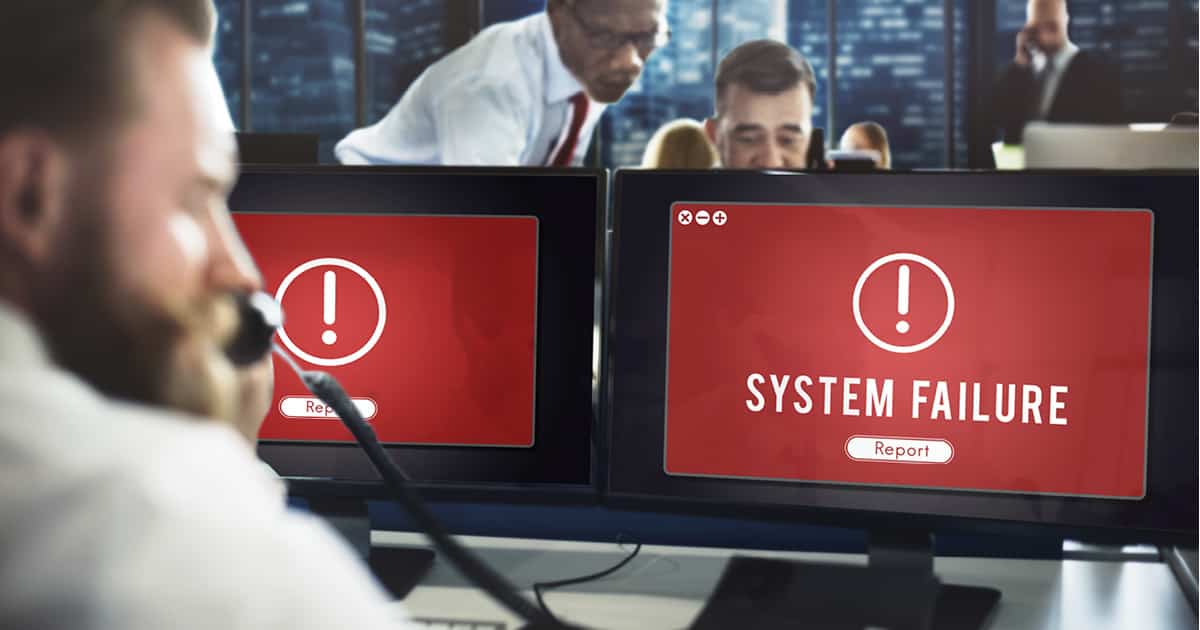Ransomware remains one of the most dangerous cyber threats today. This type of malware encrypts your data or locks your operating system, and then demands a ransom in exchange for releasing the hijacked information. The consequences of a successful attack can be devastating, including data loss, business interruptions, and reputation damage.
To reduce the likelihood of falling victim to ransomware, it is crucial to be well-prepared. Ransomware infections can be significantly prevented by using appropriate security software and paying attention to best cybersecurity practices. Utilizing anti-ransomware programs can prevent you from having to pay large sums of money to retrieve your data.
How does a ransomware infection occur?
Ransomware infections can occur in various ways, such as through fraudulent websites, software downloads, and spam emails. Individuals and businesses of all sizes are potential targets.
Risk factors: Are you a potential target?
Various factors can increase the risk of being a target for a ransomware attack:
– Older devices or outdated software
– Browsers or operating systems without the latest patches
– Lack of a proper backup plan
– Lack of attention to cybersecurity and a concrete plan
If one or more of these points apply to your device, the risk of falling victim to a ransomware attack is considerably higher. Using security software to conduct vulnerability assessments can help identify and address these issues.
Prevention strategies against ransomware
1. Never click on dangerous links: Avoid links in spam messages or unknown websites, as they could initiate automatic malware downloads.
2. Avoid disclosing personal information: Do not respond to requests for personal information from unreliable sources. Cybercriminals can use this information to customize phishing attacks.
3. Do not open suspicious attachments: Pay attention to the sender and verify that the email address is correct. Never open attachments that prompt you to enable macros.
4. Do not use unknown USB drives: They could be infected with malware.
5. Keep your programs and operating system updated: Periodic updates include security patches that protect against vulnerabilities.
6. Use only known download sources: Download software only from verified and trusted sites.
7. Use VPN services in public Wi-Fi networks: A secure VPN protects your device when using public Wi-Fi networks.
Benefits of anti-ransomware software
The use of anti-ransomware software, along with virus scanners and content filters on email servers, significantly reduces the risk of infections. These tools block infected files during downloads and provide real-time protection against ransomware.
Backups: Your best defense
What to consider when creating backups:
– Use an external hard drive and disconnect it after backing up to prevent ransomware from encrypting the disk data.
– Perform regular backups of your data.
Backup software:
– Choose backup software carefully, as some security tools may be disguised trojans.
– Comprehensive antivirus security solutions often include backup addons, eliminating the need to search for external providers.
Protection for businesses
Businesses, including small and medium-sized enterprises, are also frequent targets of ransomware. The following measures are essential for protection:
– Keeping operational software updated
– Raising awareness among staff about threats
– Having a response plan for ransomware infections
– Considering the use of cloud technologies to make exploiting vulnerabilities more challenging
– Regularly backing up critical data
Ransomware evolution
Ransomware has evolved, with criminals using new tactics such as demanding ransoms in bitcoin instead of PayPal, and distributing malware through VPN vulnerabilities and botnets.
Combining caution, the use of appropriate security software, and regular backups are the best strategies for protection against ransomware. Being prepared and following these recommendations can mean the difference between a quick recovery and a devastating loss.

